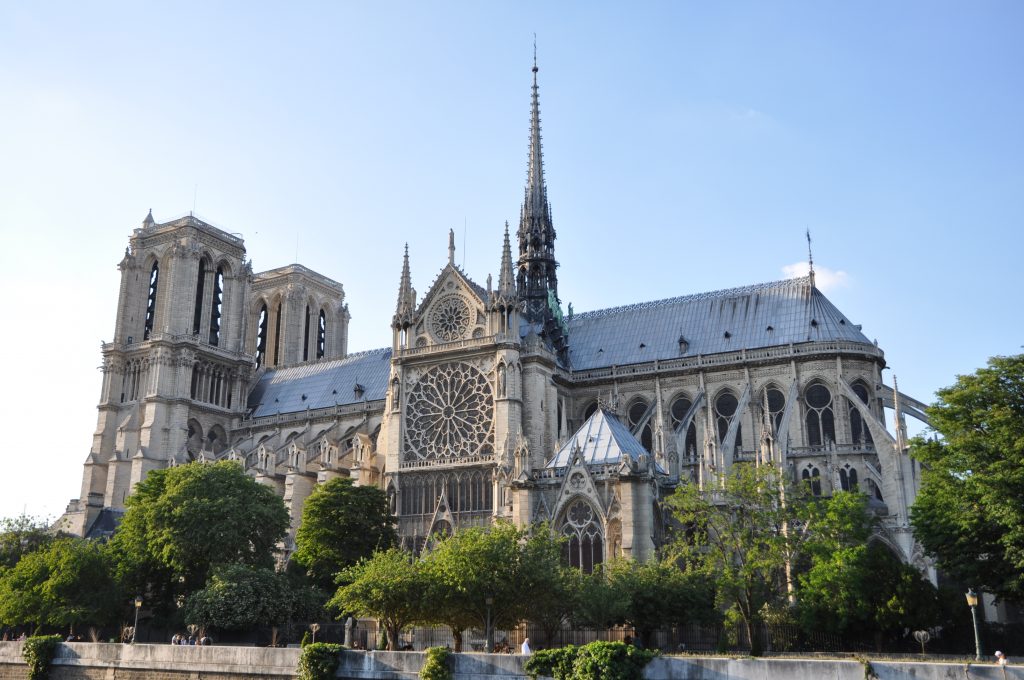A frame is the backbone of a house. If you build a really solid frame, your home could last longer than Notre-Dame! Everything from insects to natural disasters can affect your frame. There are so many variables at play. We’re going to consider these to help you choose between wood or metal. As a bonus, we’ll settle the debate over which option is the most eco-friendly. Let’s get started!
Why are Timber Frames so Popular?
In the beginning, houses were made of wood. Today, they still are. In Australia, more than 80% of homes have wood frames. There are two key reasons why we don’t think this will change any time soon (framing.woodsolutions.com.au):
Timing
Timber frames are reasonably fast to assemble. More importantly, making last minute adjustments is easier and cheaper than with steel. Even though pre-fabricated steel takes less time to assemble initially, changes can instantly be made to a wooden structure. Your builder can buy wood quickly at a hardware store and cut new pieces of the frame on site. This means any changes to your floorplan will be faster and cheaper.

Money
Timber frames are economical! Trees grow for free, so logging them is less expensive than mining steel. This is true even after your frame has been treated to protect against decay and insects. What’s more, South East Queensland is a great place to grow timber. Import costs are low and there’s plenty of wood to go around (narangbatimbers.com.au).
Building a House in Brisbane?
Deciding on a frame is just one of the many choices you will have to make. Hard work, right? That’s why Buildi is here to help you out. With our expert advice and BuildiStar System, we’ll take the stress out of finding the right builder.
Contact Buildi today to build the smart way!
What’s the Downside of Timber?
Natural elements pose the greatest threat to timber homes. Despite this, technology has come a long way to make wooden frames more durable.
Disasters
Australia’s weather is wild and unpredictable. In the wake of Australia’s tragic 2019/2020 bushfires, many of us are thinking more about fire safety in particular. A timber house is more likely to burn in the event of a bushfire. In most cases, however, fireproof cladding, sprinkler systems and other safety measures prevent fires that happen away from bushland areas. Coming soon what is a BAL….
Termites
Termites are only a problem with timber frames. In actuality, instances of termite damage are rare and usually repairable. As we mentioned earlier, it is fast and cheap to replace pieces of your timber frame. Furthermore, termite barriers and timber treatment has come a long way over the years. Most new houses in Queensland will not experience a problem with termites.

Steel Frames’ Strengths
Now let’s look at strong, durable steel. Even though it costs more and can be difficult to cut, some home builders choose steel for a few key reasons.
Safety
We’ve all heard that jet fuel can’t melt steel beams, but what about bushfires? Homes with steel frames won’t “burn” as quickly, so they tend to offer better protection. However, they can bend and collapse under intense heat. Furthermore, steel is electrically conductive. Any broken wires and circuits behind your walls are more likely to arc to steel frames. This can cause an electrical fire, so there’s a law that says steel frames must be earthed for safety reasons.

Longevity
Steel has a high strength-to-weight ratio. In the stormy winds of a cyclone, a metal frame is most likely to survive. Additionally, moisture is less likely to cause long-term damage to a steel frame than a wooden one. This is because ROT is a bigger problem for houses than RUST.
Problems with a Steel Frame
If you’re considering spending a little extra on a metal structure, here are a few common issues to consider first:
Are Steel Homes Cold?
Steel is NOT as good at holding on to warmth as timber. This means steel is NOT a good insulator. Even though a steel frame will come with layers of insulation, it will be colder than a wooden frame. If you live in a cold area, consider how much extra money you will have to spend on heating.

Creaking
Steel frames will arrive at your build site in silence. While timber frames require noisy power tools to assemble, pre-fabricated metal will come together quietly. But then you move into your new home… and your hear a creak in the night… Oh no! The steel joints behind your walls may expand and contract when the temperature changes. They can also buckle and warp when it’s windy.
Sustainability: Who Wins?
Many steel frame fans will claim that steal is environmentally friendly because it is 100% recyclable. This is true, but how many steel frame houses are actually built using recycled steel? Research suggests that only 60% of frames are recycled.
Native bushland must also be cleared to create timber plantations, but the situation is not as bad. At least the timber trees filter greenhouses gasses and provide new habitats for forest creatures. While metal is recyclable, wood is 100% renewable. We believe timber is the most sustainable frame option!

Summary
Timber frames are a cheaper, faster, more sustainable backbone for your home. They provide natural insulation year-round and are quick to chop and change. Steel frames, on the other hand, are stronger and safer. They also tend to last longer than wooden frames. That being said, the Notre-Dame has a wooden frame and still stands proud to this day.
Build Better with Buildi
As a building broker, Buildi specialises in making your build go smoothly. Our expertise helps you save money and stay on schedule. Contact us today for a free consultation.



0 Comments